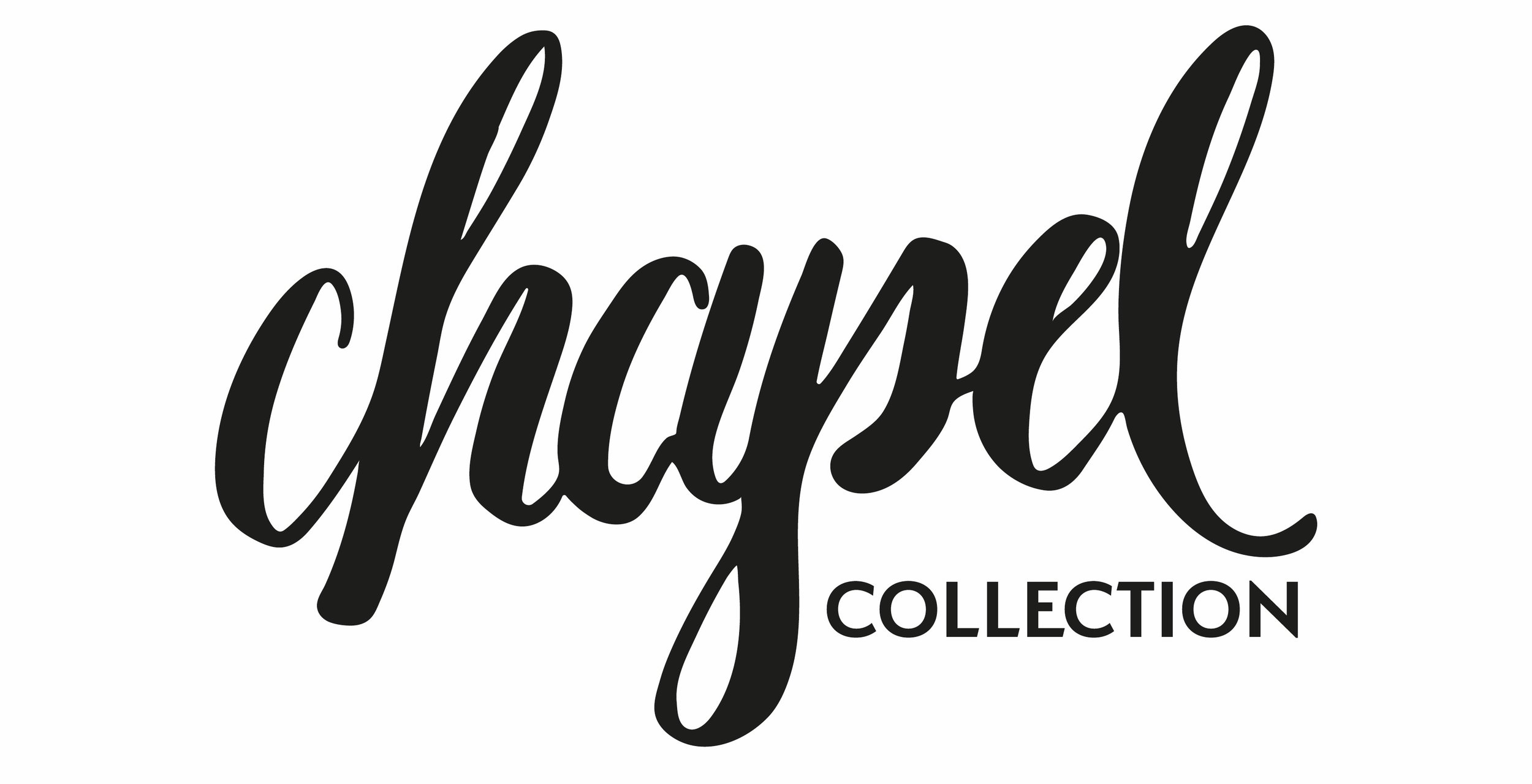The Art Of Indigo Dyeing
The beautiful, rich and evocative colour of natural Indigo was once a rare commodity; a sign of wealth and exclusivity across the world due to the extremely complex nature in which it is made. Indigo dye itself does not actually exist in nature and the beautiful colour it creates is extracted from the indigo and woad plants through a timely, complex method . While today, much of the indigo we see is synthetic, traditional Indigo dyeing is a craft that is steeped in India’s heritage and it is still practiced by a few crafts people in various regions of the country.
While in India this winter we were lucky enough to visit the craftsman who creates all the fabric for Injiri, one of the Indian designers whose beautiful clothing we sell at Chapel Collection, and were lucky enough to observe him at work while hand-dyeing Indigo cotton.
Indigo is a challenging dye to use because it is not soluble in water; to be dissolved, it must undergo a chemical change and the temperature controls the speed of the reaction.
The vats below have been used for over 6 years and are insulated to the exact temperature needed using goat poo.
When a submerged fabric is removed from the dyebath - shown below - the indigo quickly combines with oxygen in the air and reverts to its insoluble form. Each dip adds more dye to the fabric and produces a richer colour.
Once the fabric is dyed to the correct colour and pattern it’s left to dry in the sun.
Take a look at our online store here to see all our natural Indigo designs.
These are famous indigo dye vats. Some are as old as six years. These vats are 3ft deep and the temperature is controlled by insulating them with goat poo. This is where the cotton is dyed before weaving.




